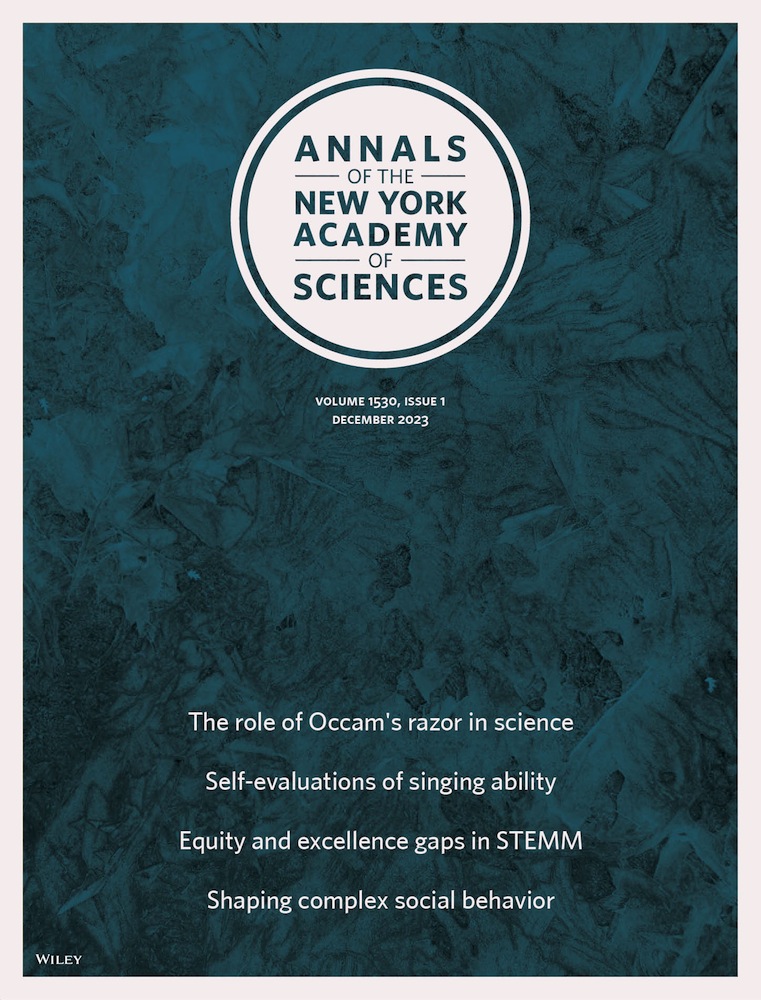Life at new extremes: Integrating stress physiology and the bio-exposome in the Anthropocene.
IF 4.1
3区 综合性期刊
Q1 MULTIDISCIPLINARY SCIENCES
引用次数: 0
Abstract
Conventional physiological research has focused on elucidating the endogenous mechanisms that underly the adaptations of species to life in extreme habitats, such as polar regions or deserts. In this review article, we argue that even habitats that are not considered extremes are facing unpredictable, rapid, and strong modifications due to human activities that expose animals to novel extreme conditions. Thus, physiological research on these animals can offer insight on the role of physiological plasticity in driving their resilience and adaptation. To this end, we discuss how stress physiology (with a particular focus on oxidative stress) has a central role in mediating the interaction between the exposome (measure of all the environmental exposures of an individual in a lifetime) and cellular processes (bio-exposome) in the contexts of relevant extreme anthropogenic changes to the habitat conditions. We also provide concrete examples on the relationship between oxidative stress and the bio-exposome in free-living animals, and how this research can be relevant to human health. Finally, we propose future research directions integrating the bio-exposome and the One Health framework to achieve a holistic understanding of the proximate mechanisms underlying individual responses to extreme anthropogenic environmental changes.生命在新的极端:整合应激生理学和生物暴露在人类世。
传统的生理学研究侧重于阐明物种适应极端栖息地(如极地或沙漠)的内源性机制。在这篇综述文章中,我们认为,即使是不被认为是极端的栖息地也面临着不可预测的、快速的、强烈的变化,这是由于人类活动使动物暴露在新的极端条件下。因此,对这些动物的生理研究可以深入了解生理可塑性在推动其恢复力和适应性方面的作用。为此,我们讨论应激生理学(特别关注氧化应激)如何在介导暴露体(个体一生中所有环境暴露的测量)和细胞过程(生物暴露体)之间的相互作用中发挥核心作用,在相关极端人为变化的环境条件下。我们还提供了关于氧化应激与自由生活动物的生物暴露之间关系的具体例子,以及这项研究如何与人类健康相关。最后,我们提出了整合生物暴露和同一个健康框架的未来研究方向,以全面了解个体对极端人为环境变化的反应的近似机制。
本文章由计算机程序翻译,如有差异,请以英文原文为准。
求助全文
约1分钟内获得全文
求助全文
来源期刊

Annals of the New York Academy of Sciences
综合性期刊-综合性期刊
CiteScore
11.00
自引率
1.90%
发文量
193
审稿时长
2-4 weeks
期刊介绍:
Published on behalf of the New York Academy of Sciences, Annals of the New York Academy of Sciences provides multidisciplinary perspectives on research of current scientific interest with far-reaching implications for the wider scientific community and society at large. Each special issue assembles the best thinking of key contributors to a field of investigation at a time when emerging developments offer the promise of new insight. Individually themed, Annals special issues stimulate new ways to think about science by providing a neutral forum for discourse—within and across many institutions and fields.
 求助内容:
求助内容: 应助结果提醒方式:
应助结果提醒方式:


